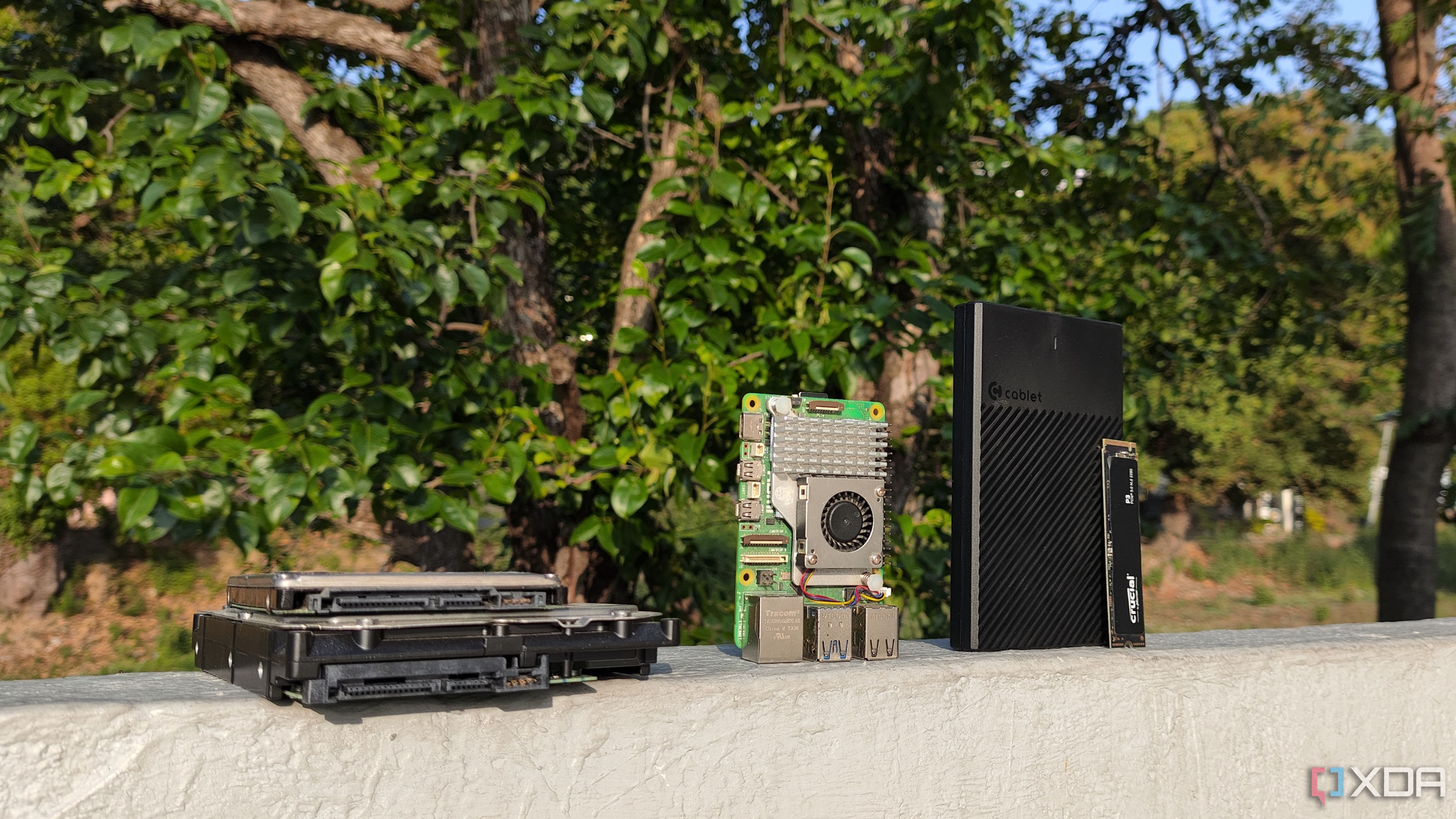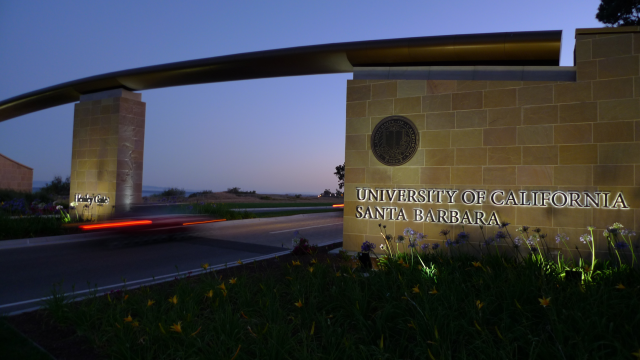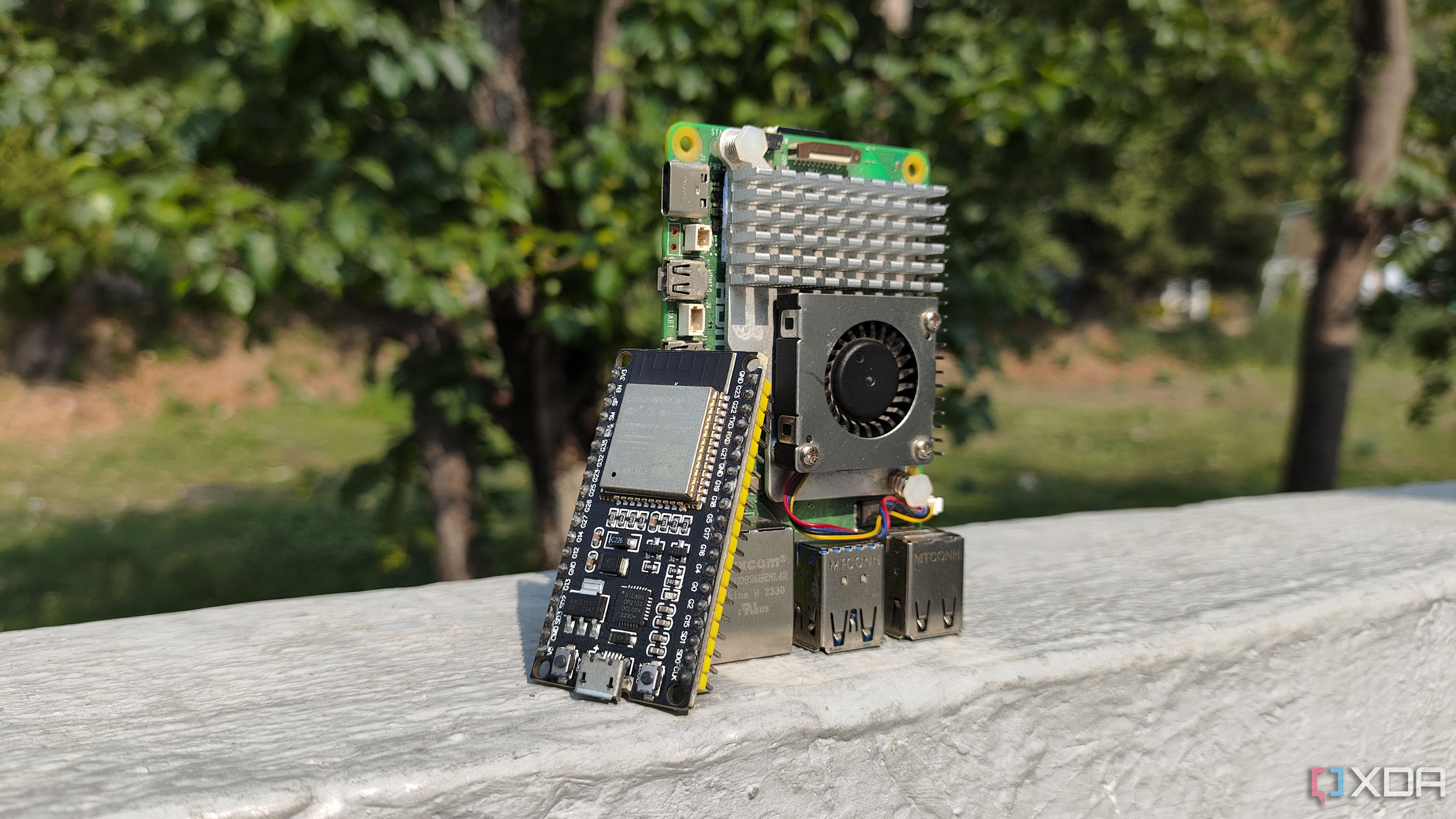Summary
- UC Santa Barbara owns the world’s largest cluster of 1,050 Raspberry Pis.
- Originally from Oracle, Pis were part of a short tech demo and now benefit students.
- High number of Pis challenges room cooling, but setup is being adjusted for long-term use.
How many Raspberry Pis are too many? Trick question, there is no upper limit. And if you ever feel bad about how many SBCs you have littering your home, you can, at least, take refuge in the fact that you don’t own 1,050 of them. Or at least, I hope.
Such is the case of the world’s largest cluster of Raspberry Pis, which uses that number of boards to create one giant super Pi. And while it was in the care of Oracle for a little while, it has since been passed onto he hands of UC Santa Barbara, where it’s being worked on so that students can use it.

Related
7 self-hosted services I use that can run perfectly on a Raspberry Pi
Not every self-hosted application requires a top-of-the-line workstation
UC Santa Barbara is the proud owner of 1,050 Raspberry Pis working as one
As reported on the UC Santa Barbara’s publication The Current, this huge bundle of Pis was originally just a tech demo from Oracle, who wanted to do a demo for a few hours, proving the benefit of low-power, low-proccesing devices working in tandem, a setup not uncommon in the world of IoT devices. Once the demos were over, the Pis were shoved into a crate and forgotten about.
That changed when the head of Oracle Research visited UC Santa Barbara and visited the labs after one of its students took an internship with the company. The head asked if the lab wanted any more Raspberry Pis to add to its collection, and the UC Santa Barbara professors agreed. As such, they became the new loving parent of the biggest cluster of Raspberry Pi the world has ever seen.
The Raspberry Pis weren’t designed for long-term public use. They were only meant to last a few hours in a demo, and all of the software required Oracle engineer access to work. Fortunately, UC Santa Barbara is working on untangling this ball so that students and others can use the cluster for their own needs.
However, there’s one significant problem with keeping this many Pis running smoothly. As Professor Rich Wolski explains, bundling together over a thousand Raspberry Pis and making them all think at the same time can warm a room up:
“We did not have sufficient air conditioning for something this big in Henley Hall, the mostly naturally air-cooled LEED Platinum home to the UCSB Institute for Energy Efficiency,” Wolski said. “We initially thought that we would receive maybe 10 or 20 Raspberry Pis, 50 at the most. But we got 1,050!”
“The hardware runs at low voltages and, therefore, has a relatively cool heat footprint, but when more than 1,000 units are packed together as tightly as these are, which Oracle did to make the cluster as small as possible, heat can build up,” Wolski said. “Aadjustments had to be made to adapt the cooling system in Henley Hall.”
Here’s hoping they can do awesome things with this pile of Pis. In the meantime, why not check out something a little more feasible for a single hobbyist with Jeff Buttz’s Pi-powered Kubernetes cluster?












